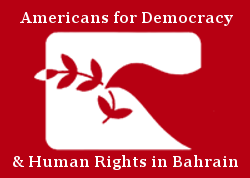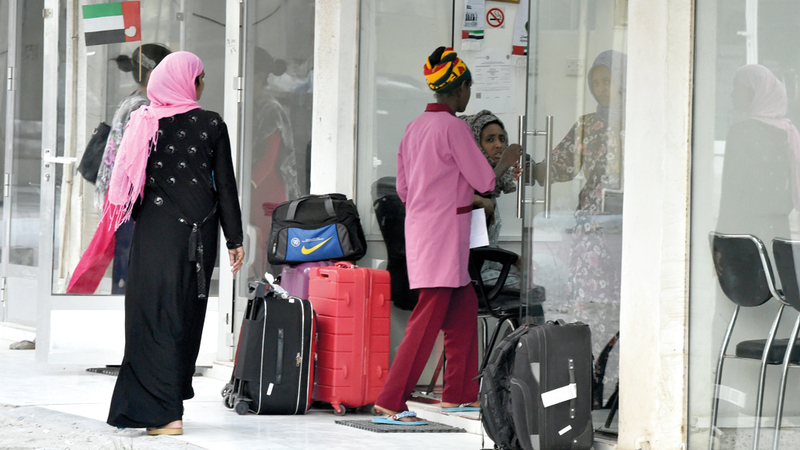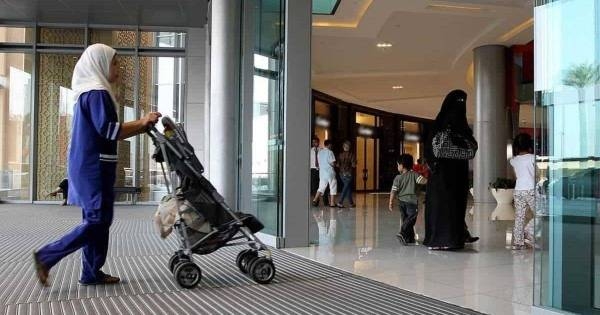Context of migration in Saudi Arabia The context of migration in Saudi Arabia is shaped by a complex mix of economic needs, labor dynamics, social policies, and geopolitical factors. Saudi Arabia is one of the largest destinations for migrant workers in the Middle East, with 39 percent of international migrants comprising the total population. Its[…]
All GCC states implement the kafala system, a visa sponsorship program that gives extensive powers to employers and leaves workers vulnerable to abuse. Domestic workers, primarily women from South and Southeast Asia, are especially vulnerable to exploitation due to their isolation and reliance on their employers. They face a higher risk of physical, sexual, and[…]
Indian women migrant workers in the Middle East and North Africa (MENA) region are expected to reach 6 million in 2-3 years. Due to the loosening of labour restrictions regarding women in the region, for example, the removal of restrictions on work during night hours, there has already been a 23% growth in demand for[…]
Saudi Arabia faces complexities of informal domestic work, a sector marked by vulnerabilities and abuses. Despite some efforts towards regulation, the issue of domestic workers in the kingdom remains a pressing concern. While Decision No. 310/1434 of 2013 extended certain protections to this marginalized workforce, significant gaps persisted, leaving workers exposed to exploitation. Under the[…]
On 14 July 2016, the Kuwaiti government set a minimum wage for the over 660,000 domestic workers within the country. The Ministry of Interior published the notice, which specifies the new minimum wage as 60 Kuwaiti dinar per month. Before the implementation of the minimum wage law, domestic workers in Kuwait earned less than 20[…]
- 1
- 2









